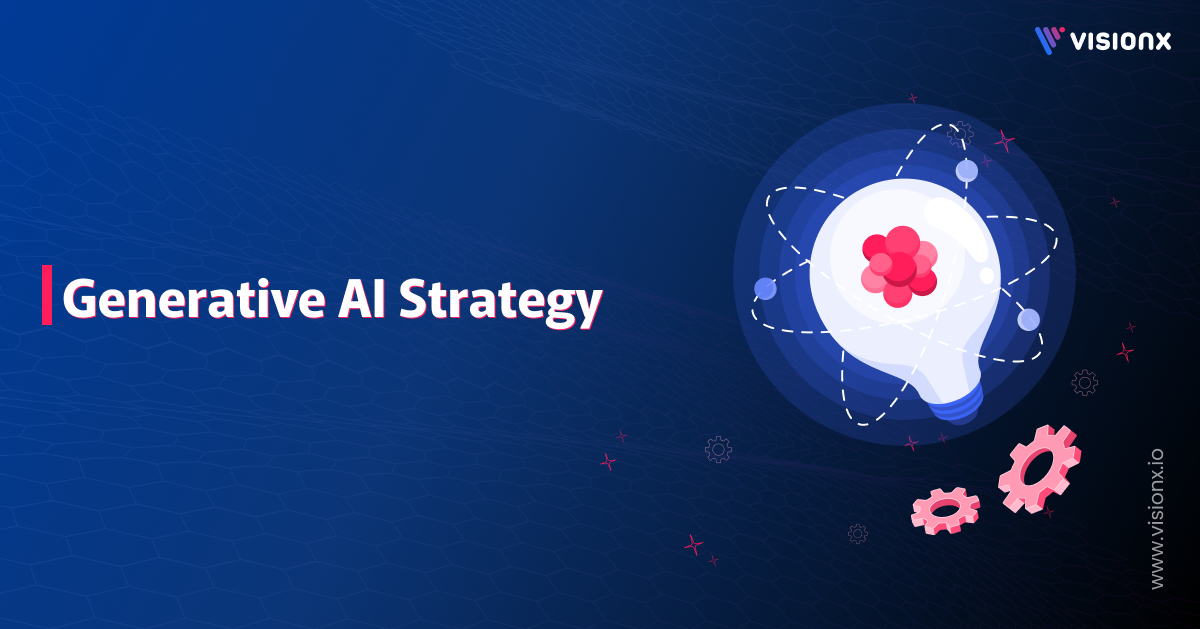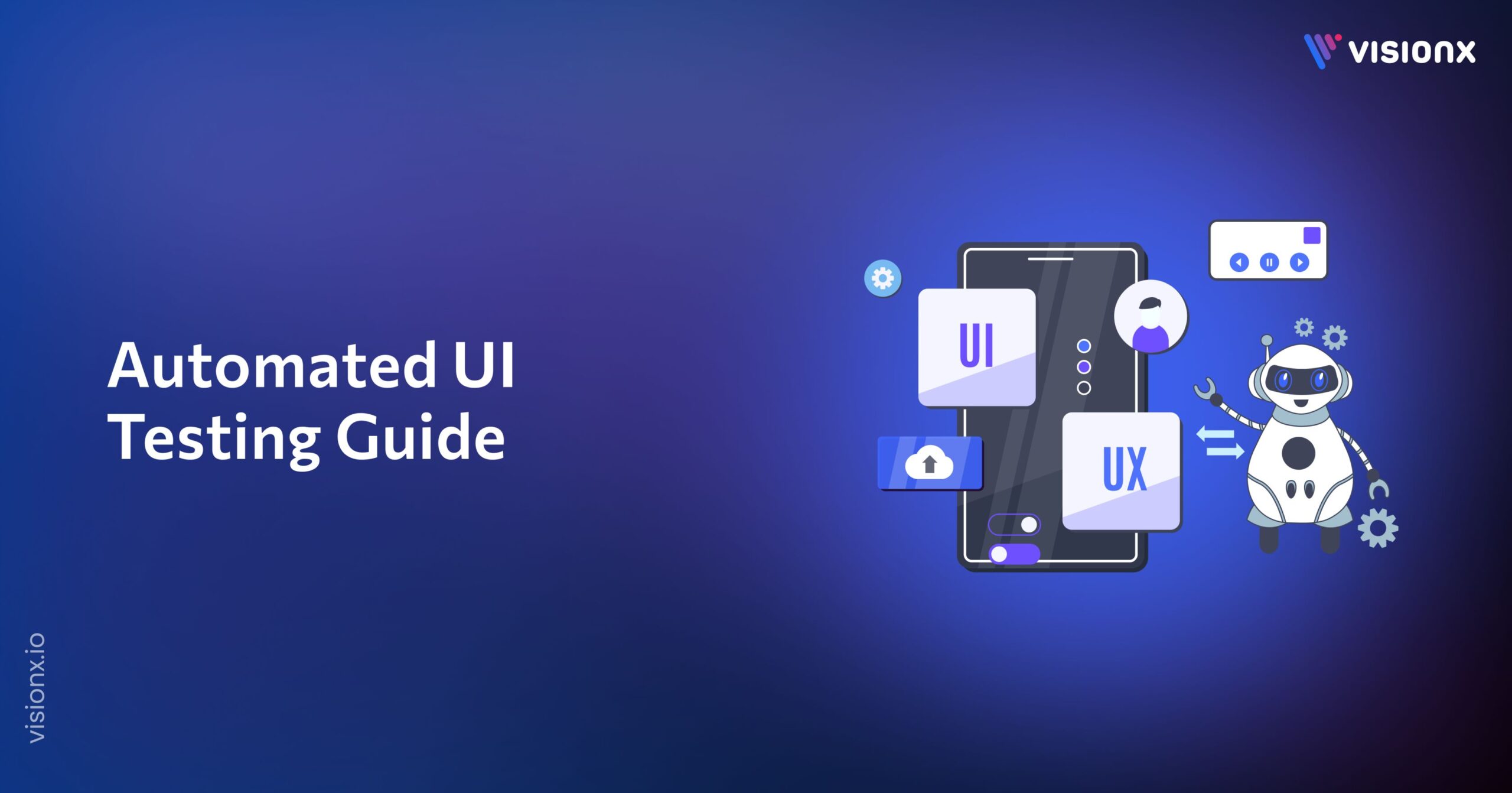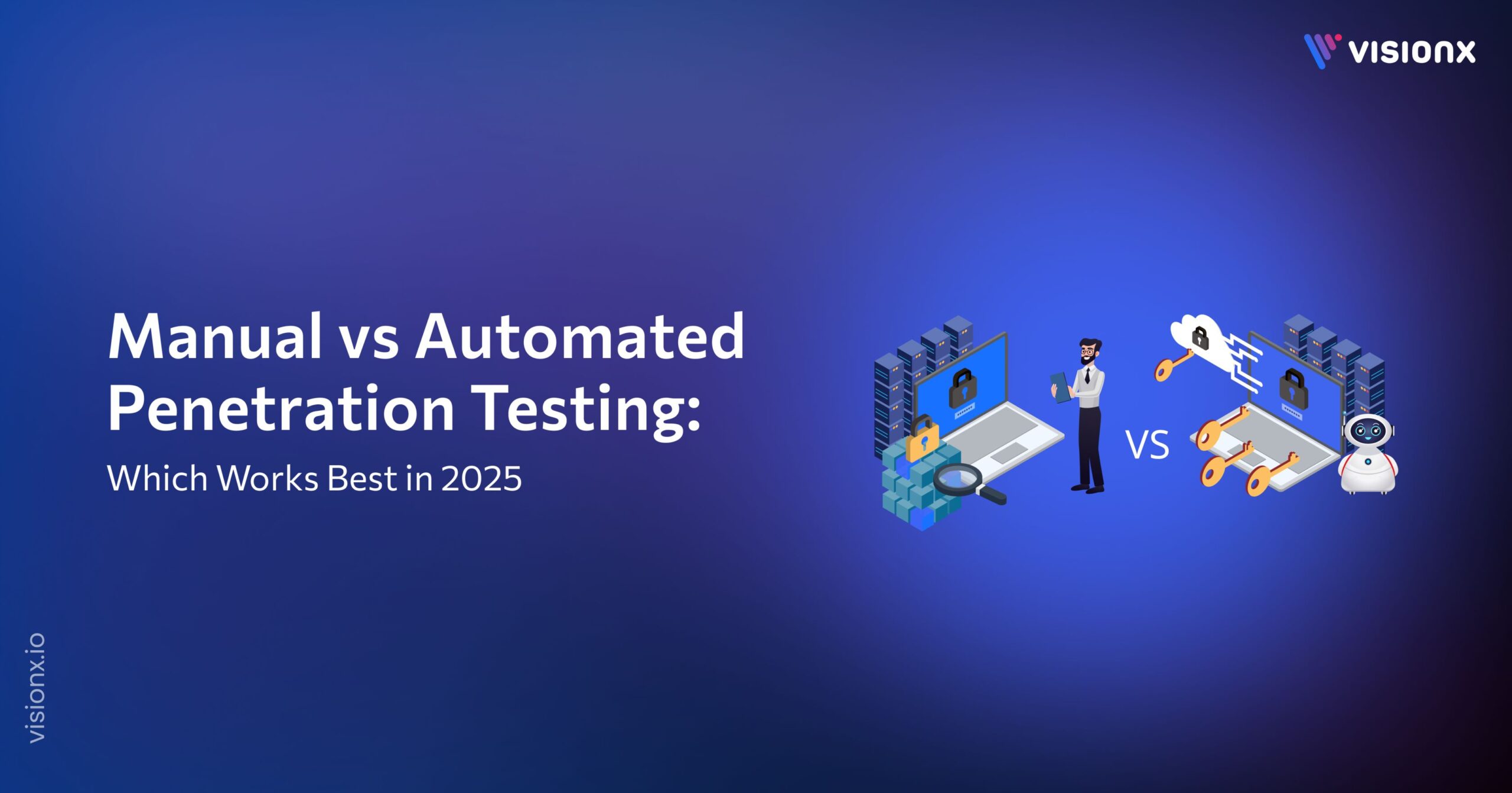What if your next business breakthrough came from a machine, not a person?
Generative AI now helps companies launch products, write code, and answer complex questions with speed and scale. It’s a tool for real results.
But many firms rush into AI without a clear plan. Scattered tools and short-term trials do not lead to long-term value. To use AI well, business leaders must follow a focused generative AI strategy that fits real business goals.
This type of strategy supports strong AI for strategic planning, builds trust, and gives a clear competitive advantage. It also helps leaders manage risk and avoid common mistakes.
In fact, according to a Gartner survey, early adopters of generative AI have achieved an average of 15.8% revenue increase,15.2% cost savings, and a 22.6% improvement in productivity.
This guide shows what a generative AI strategy is, how to build one that works, and how smart use of AI can support growth in 2025 and beyond.
What is Generative AI and Example?
Generative AI is a type of artificial intelligence that creates new content, text, images, code, and more, based on patterns in past data. It builds fresh outputs that feel like a human has written them.
This form of AI uses advanced AI models trained on vast datasets. These models learn structure and context, which helps them produce original results from basic input. Generative AI supports a range of AI applications across industries, from healthcare to retail and finance.
Example:
A retail brand can use generative AI to write product descriptions for its entire catalog. This leads to faster content delivery and higher customer satisfaction. Apparently, according to the latest research by McKinsey, the impact of generative AI on retail and consumer packaged goods is noteworthy. It generates revenue between $400 billion and $660 billion annually.
These AI-driven tools enable groups to concentrate on expansion and emerging business models rather than tedious work. Most companies already employ tools such as ChatGPT, GitHub Copilot, and Salesforce Einstein to tap new value through the practical application of generative AI.
What is Generative AI Strategy?
A generative AI strategy is a clear plan that guides how a company uses generative AI to meet real business goals. It forms part of a broader AI strategy, where technology aligns with long-term goals and not just technical wins.
This strategy focuses on AI integration into core functions to help business leaders set direction, select tools, and build trust across teams. It turns scattered use into a structured AI initiative, with clear goals, strong leadership, and defined use cases.
A strong generative AI strategy also answers key questions like Where does AI create the most value? How do we handle risk? Who owns the results? With the right choices, firms unlock faster insight, leaner operations, and a competitive edge.
What are the Four Pillars of Generative AI Strategy?
If you’re serious about launching a solid generative AI strategy, you’ll want to start with the right foundation. These four pillars help business leaders turn AI ideas into real results, without the confusion or guesswork.
1. Align AI Initiatives with Business Objectives
Start with the “why.” Every AI initiative should solve a real business problem or support a key goal like higher revenue, smarter workflows, or better customer satisfaction. Without this link, even the best tools fall flat.
2. Establish Scalable Technical Infrastructure
You can’t build on a shaky base. Your AI system needs the right tools, secure cloud platforms, fast data access, and enough flexibility to grow as your needs evolve. No shortcuts here.
3. Implement Data Governance and Security
Trust is everything. That means you should protect your data, stay compliant, and make sure your models stay fair and safe. With strong data rules, your AI works better and avoids trouble down the line.
4. Develop AI Talent and Cross-Functional Teams
AI isn’t just a tech problem. You need a team that brings together engineers, analysts, product owners, even legal and ops. When everyone works together, your AI use cases hit the mark and scale fast.
Together, these pillars help shape an AI strategy that actually works, one that’s practical, scalable, and built to last.
Steps for Building the Best Generative AI Strategy
It takes a careful, methodical approach to develop an effective generative AI strategy that uses artificial intelligence’s potential and fits in with your company’s objectives. Here are the crucial steps to help you create a winning generative AI strategy that promotes creativity and embraces cutting-edge technology.
1. Adopt an AI-Native Mindset
Start thinking of AI not as something you add on later but as a part of your company’s DNA. A business that truly embraces AI integrates it everywhere, from how you plan your strategies to how you run daily operations.
Consider a scenario where your AI system can anticipate what clients require before they even inquire. This type of AI-driven innovation helps establish your company as a leader in AI solutions.
2. Implement Retrieval-Augmented Generation (RAG) Systems
Generative AI systems are all about combining big AI models with real-time data, so you get smarter, more context-aware responses. Think of industries like finance or healthcare, where real-time insights are crucial for AI for strategic planning.
When you connect AI applications to live data sources, you offer insights that are both timely and relevant, which is a huge advantage for staying ahead.
3. Design Modular AI Agents for Specific Tasks
Why not use smaller, modular agents that handle distinct jobs rather than one big, monolithic AI system? This strategy makes it simpler to grow your company and adapt to new customer demands.
Whether you’re automating monotonous jobs or customizing consumer delight, modular AI offers you greater speed and flexibility. Plus, these agents are built using a specialized AI model architecture that allows for targeted functionality, easier updates, and seamless integration into different parts of the business.
4. Integrate AI with Digital Twin Technologies
Digital twin technology is a breakthrough, particularly for sectors such as manufacturing or urban development. If you couple AI with digital twins, you can model and optimize physical systems with remarkable accuracy.
AI solutions enable you to anticipate what could happen, become more efficient, and experiment beforehand without actually deploying them. Through this, you can make better choices sooner and reduce risk. It ultimately enhances your AI initiative and business models.
5. Develop a Comprehensive AI Governance Framework
Positioning a transparent generative AI strategy is essential to build trust among all stakeholders. An ethical, transparent, and responsible generative AI strategy framework guarantees that your models comply with regulations and align with your company’s long-term goals.
Also, set up guidelines for monitoring AI projects and managing data so that you can turn your AI use cases into a scalable business without getting into trouble later.
Effective Methodologies for Generative AI Implementation
Implement generative AI in your business with the right frameworks and methodologies to make the process smooth and manageable. Here’s how to approach it step by step for long-term success.
Phased Approach to AI Readiness and Adoption
Assess your company’s current state and what you need to use AI frameworks. Start with simple, doable projects that produce measurable outcomes. Don’t rush. These initiatives set the stage for future developments in increasingly sophisticated AI systems. As you acquire expertise, expand and incorporate AI solutions into many business domains.
Governance Models to Manage AI Risks
Have a solid AI governance structure in place to avoid potential risks. This keeps AI ethical and transparent. Establish clear standards for accountable use of AI, and remain aware of regulatory requirements. With proper governance, you establish a framework that instills trust throughout your organization and with stakeholders.
Monitor and Measure AI Performance
Once your AI models are active, keep track of their performance. Regular checks show whether they meet your goals and provide a chance to make adjustments. Consistently measure AI performance to ensure generative AI projects add value and align with business needs.
Practical Business Generative AI Strategy Examples
Here are some practical use cases and examples of generative AI strategy that can help your business thrive.
- Enhance Customer Service with AI Chatbots
Customer service is one of the most well-liked uses of generative AI. AI chatbots answer questions 24/7, give prompt, and precise answers. It also increases customer happiness and saves operating expenses.
- Automate Content Creation in Marketing and Media
AI transforms content generation for media and marketing companies. Generative AI facilitates the production of high-quality content at scale, from blog entries to social media updates. Teams can focus on strategy and creativity while saving time in this way.
- Optimize Supply Chains with Predictive AI
Supply chain optimization benefits greatly from AI. With predictive AI, businesses forecast demand more accurately, streamline inventory, and cut waste. AI models review vast amounts of data to reveal trends and support better decisions.
- Advance Product Design with AI Tools
Generative AI changes how products are designed. AI tools review existing designs, suggest improvements, or produce entirely new concepts. This speeds up the design process and reduces errors.
Overcoming Challenges in Generative AI Strategy Implementation
Executing a generative AI strategy comes with challenges, but these can be overcome with the right approach.
- Ensuring Data Quality and Integrity
Clean, precise data is essential for AI systems. Make sure your data is in line with your business objectives and AI applications by conducting routine audits to preserve high-quality data.
- Building Internal AI Skills and Managing Change
To help your team develop AI skills, spend money on training. Make sure staff members comprehend and are on board with the new AI procedures and technology to manage change.
- Managing Computational Resources and Costs
AI solutions require significant computational power. Optimize costs by using cloud solutions or AI-as-a-Service (AIaaS) for flexible scaling, helping manage resources efficiently.
- Securing Leadership Buy-In and Cross-Departmental Collaboration
Obtain backing from the leadership to advance the AI initiative. To guarantee alignment with overarching corporate objectives and seamless AI model integration, promote cross-departmental cooperation.
Why VisionX Is Your Ideal Partner for Generative AI Solutions
At VisionX, we are experts in creating customized generative AI solutions that enable your organization to utilize the latest AI technologies and unlock new growth opportunities.
With our experience, we walk you through each phase of AI implementation, whether data quality improvement, developing internal AI capabilities, or handling AI models properly. Our solutions are created to bypass the limitations most companies encounter while implementing AI applications, ensuring painless integration and quantifiable outcomes.
Why VisionX?
- Tailored Solutions: We create AI strategies that fit your unique business needs, helping you stay ahead of the competition.
- End-to-End Support: From concept to execution, we provide comprehensive guidance to ensure a seamless AI adoption process.
- Proven Expertise: With experience across various industries, VisionX brings deep knowledge and successful case studies to help you build the most effective AI model.
- Scalable Growth: We help you scale your AI capabilities without overwhelming your resources, optimizing both cost and computational power.
Get in touch with VisionX today and discover how we can transform your business through generative AI-powered solutions that drive success and create long-term value.


